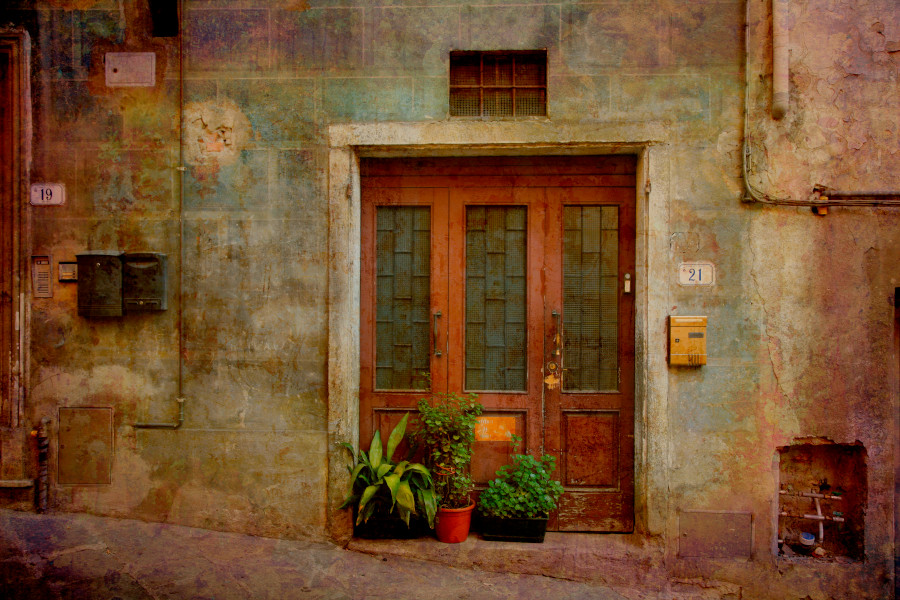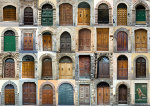Distinctive Sicilian Culture: A Unique Blend of Historical Influences
Luca Moretti, Saturday, 20 April 2024

Sicilian culture differs significantly from what might be considered average Italian culture due to its unique historical, geographical, and cultural influences. These differences can be observed in various aspects such as language, cuisine, architecture, and social norms.
Historical Influence: Sicily has a rich and diverse history that includes being ruled by , , , , and . This blend of influences is distinct from the rest of Italy, which also has a varied but different historical trajectory. The foreign dominations have left a lasting impact on the island's culture, traditions, and even the Sicilian language, which incorporates elements from Arabic, Greek, and Spanish.
Language: While Italian is spoken throughout the island, , a distinct Romance language, is also widely used in both formal and informal contexts. Sicilian has been influenced by Arabic, Greek, French, and Spanish languages, marking a significant linguistic difference from the rest of Italy.
Cuisine: Sicilian cuisine showcases its diverse cultural heritage with dishes that are quite different from typical Italian food. Ingredients like saffron, raisins, nuts, and certain spices reflect Arab influences, whereas the use of seafood is prominent due to the island's geography. Dishes such as "arancini" (fried rice balls), "caponata" (sweet and sour eggplant dish), and "cassata" (a sweet dessert with Arab origins) highlight these differences.
Architecture: The architecture in Sicily also reflects its layered history. Examples include the Byzantine mosaics in Palermo's , the Arab-Norman architecture like the , and Baroque towns like . This architectural diversity is distinct from the Renaissance and Classical Roman influences more commonly seen in northern and central Italy.
Social Norms and Traditions: Sicilian culture is known for its strong sense of community and family, aspects that are emphasized perhaps more intensely than in other parts of Italy. Traditional festivals and religious ceremonies, such as the Festival of Saint Agatha in Catania and the "Festa di Santa Rosalia" in Palermo, also demonstrate unique local practices and a deep-rooted sense of local identity.
Literature and Arts: Sicily has its own distinct literary and artistic traditions influenced by its history and cultural mix. The works of writers like Giovanni Verga and Luigi Pirandello, as well as the paintings of Renato Guttuso, showcase themes and styles that draw heavily on Sicilian life and landscapes, setting them apart from other Italian regional arts.
The extent of these differences makes Sicily not just another Italian region but a unique cultural entity within Italy, with its own identity and traditions that stand out significantly from the Italian mainland.
Our comprehensive guide is the perfect companion if you are considering moving to Italy or are already living there. Learn all about buying a house, mastering the Italian language, finding a job, experiencing the culture and discovering tourist attractions. With this guide, you'll have all the information you need to live successfully in Italy. Read on now to discover it all!

Sicilian culture differs significantly from what might be considered average Italian culture due to its unique historical, geographical, and cultural influences. These differences can be observed in various aspects such as language, cuisine, architecture, and social norms.
Historical Influence: Sicily has a rich and diverse history that includes being ruled by , , , , and . This blend of influences is distinct from the rest of Italy, which also has a varied but different historical trajectory. The foreign dominations have left a lasting impact on the island's culture, traditions, and even the Sicilian language, which incorporates elements from Arabic, Greek, and Spanish.
Language: While Italian is spoken throughout the island, , a distinct Romance language, is also widely used in both formal and informal contexts. Sicilian has been influenced by Arabic, Greek, French, and Spanish languages, marking a significant linguistic difference from the rest of Italy.
Cuisine: Sicilian cuisine showcases its diverse cultural heritage with dishes that are quite different from typical Italian food. Ingredients like saffron, raisins, nuts, and certain spices reflect Arab influences, whereas the use of seafood is prominent due to the island's geography. Dishes such as "arancini" (fried rice balls), "caponata" (sweet and sour eggplant dish), and "cassata" (a sweet dessert with Arab origins) highlight these differences.
Architecture: The architecture in Sicily also reflects its layered history. Examples include the Byzantine mosaics in Palermo's , the Arab-Norman architecture like the , and Baroque towns like . This architectural diversity is distinct from the Renaissance and Classical Roman influences more commonly seen in northern and central Italy.
Social Norms and Traditions: Sicilian culture is known for its strong sense of community and family, aspects that are emphasized perhaps more intensely than in other parts of Italy. Traditional festivals and religious ceremonies, such as the Festival of Saint Agatha in Catania and the "Festa di Santa Rosalia" in Palermo, also demonstrate unique local practices and a deep-rooted sense of local identity.
Literature and Arts: Sicily has its own distinct literary and artistic traditions influenced by its history and cultural mix. The works of writers like Giovanni Verga and Luigi Pirandello, as well as the paintings of Renato Guttuso, showcase themes and styles that draw heavily on Sicilian life and landscapes, setting them apart from other Italian regional arts.
The extent of these differences makes Sicily not just another Italian region but a unique cultural entity within Italy, with its own identity and traditions that stand out significantly from the Italian mainland.
Links
Our comprehensive guide is the perfect companion if you are considering moving to Italy or are already living there. Learn all about buying a house, mastering the Italian language, finding a job, experiencing the culture and discovering tourist attractions. With this guide, you'll have all the information you need to live successfully in Italy. Read on now to discover it all!
